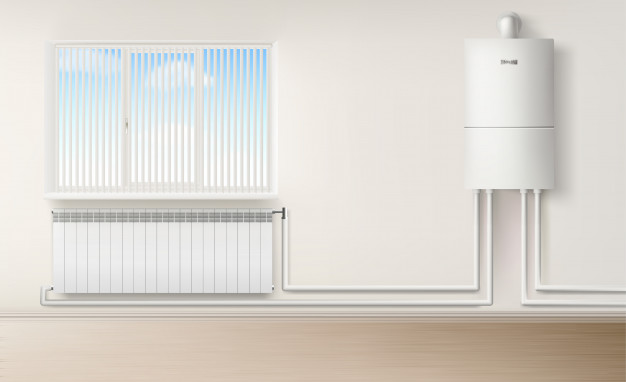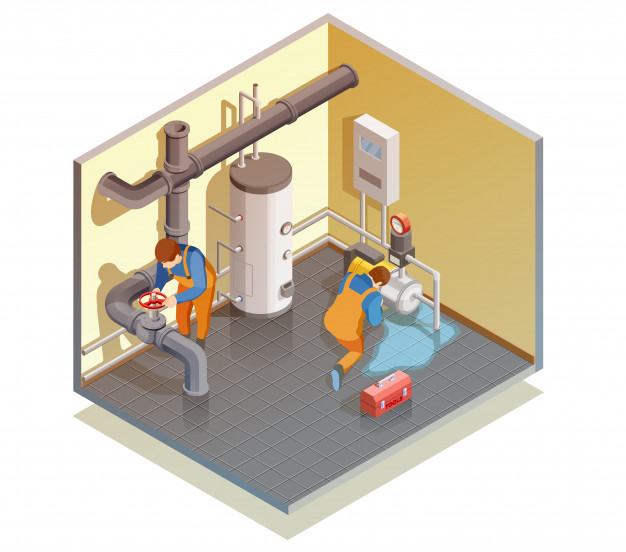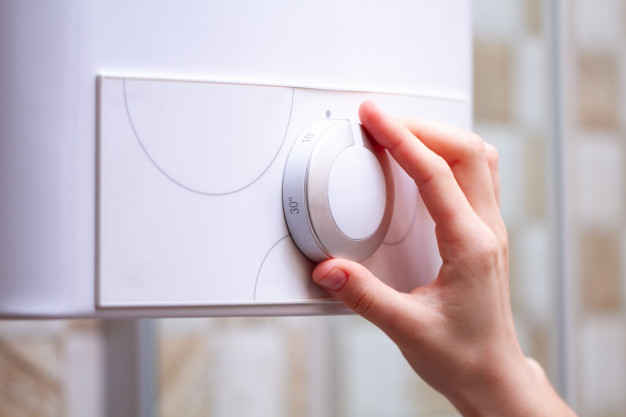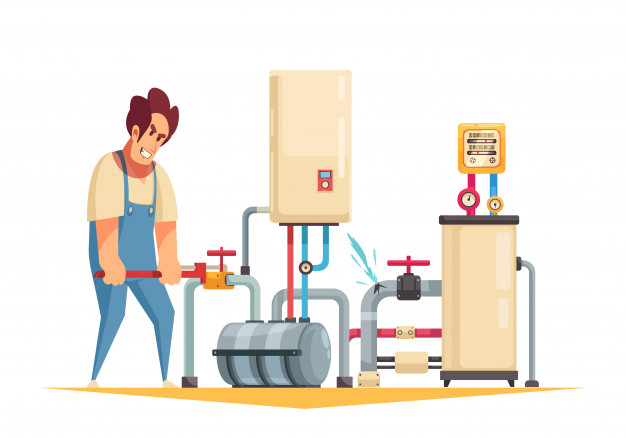
Modern heating systems are inefficient. Their basic design hasn’t changed significantly over the years. The warmth created by a heating unit is lost because heat rises, which eventually finds its way out through the roof. This leads to the heating system being run more often and longer at a higher cost to keep the home toasty in the colder months.
Heat recovery systems work entirely differently and complement existing heating installations. But will they be of much use to a homeowner, or even save them money?
How Does Heat Recovery Work Differently?

The basic idea behind using the heat recovery technique is to prevent the majority of generated heat from being lost through the attic and roofing areas. It also aims to reduce the electricity costs encountered due to heating equipment.
Heat recovery units like those provided through BPC Ventilation capture the air, remove any warmth from it, and retain it. Hence, they help to keep the interior warm for a prolonged period. When fresh air is brought separately from outside the home, it’s infused with warmth after filtering it first. The result is cleaner air and recirculated warmth on an ongoing basis.
How is Air Contamination Avoided?

Stagnant air in the home will become stale over time. An air-tight home sounds good from an energy efficiency standpoint, but it leads to far lower air quality. This is a bad thing for people with asthma and other respiratory-related diseases.
A heat recovery system’s air collection process is treated independently to air collected from outside. The ventilation valves, filters, and ducting system ensure that older air is collected in one section, whereas fresh air from outside is received separately. When the heat has been extracted, and new air is made available, they’re combined to provide freshly filtered warm air distributed throughout the home.
What About the Cooler Months?

A heat recovery system will have less to do during cooler months. However, some rooms in the home will still trap heat and become too warm for comfort. However, throughout the year, the interior air quality is improved without making any setting adjustments.
Is a Heat Recovery System Good for Your Finances?

A heat recovery system costs little to operate every day. Once the system is in place, it runs in an automated manner. Furthermore, it requires little annual upkeep to maintain its performance. A filter will need replacing here and there, but usually not much more than that.
Heating systems operate using thermostats to indicate when to turn them on. The more frequently they’re activated, the greater the system’s wear. With heat recovery, warmth is better maintained through the heat capture and redistribution processes, ensuring that heat levels don’t fluctuate as widely. As a result, the heating is tasked less often and for a shorter time.
For homeowners, getting a heat recovery system installed means not paying to heat and re-heating their homes. The cost saving is considerable compared to conventional heating systems. Also, breathing in fresher air that has been filtered for contaminants is better for people with asthma and sensitivity to pet dander, dust, pollen, and more.
Where Does the Heat Recovery System Work Best?

If you want the heat recovery system to work efficiently, then it needs to be installed and insulated in those little spaces from where the warm air can escape. You can mount them either at your home or office. They are highly suitable for new houses that tend to lose less heat than the older ones.
Heat recovery units are also effectively used on an industrial scale to collect and escape the heat. The heat produced through large boilers is escaped through such systems.
Smart Heat Recovery Systems
Heat Recovery systems are becoming smart nowadays. They reduce the amount of heat extracted during summers, hence, maintaining comfort levels. They are also used to draw more heat from several areas like a wet room or a busy kitchen. The temperature in such areas is likely higher than in other rooms. Many offices are using heat recovery systems to keep their employees cold during summers and warm in the winter without the need for opening windows or switching on wasteful heaters.
Advantages of Heat Recovery Units

- Simple to Fit: If you are constructing space from scratch, these systems are incorporated easily. Retrofitting them in houses and bungalows is also straightforward. However, you need to ensure that it is insulated and draught proofed adequately to get the most from the system.
- Reduction in Fuel Bills: Using heaters and air conditioners consume a lot of energy, and as a result, you end up paying a considerable amount of electric bills. With Heat recovery units, the heat inside your house is regulated adequately, and hence energy consumption is reduced significantly.
- Lowered Operating Costs: The recovery of waste heat reduces the energy cost incurred by a household, and as a result, the total operating cost is reduced.
- Reducing Impact on the Environment: Waste heat recovery is believed to reduce carbon emissions and the environmental impact on the water and air.
- Eliminates Condensation: Condensation is one of the most common issues that homeowners face. A heat recovery ventilation system helps combat such issues significantly. Heat recovery systems reduce moisture in spaces where they are installed, thus preventing condensation that can encourage mildew and mold formation. It can be hazardous to the health of your household.
- Clean Air: Clean air is necessary to maintain the right air conditions indoors. It also keeps your home as healthy as possible. Maintaining good air quality is difficult nowadays in such an environment. Fortunately, heat recovery systems aid in such endeavors, and it is capable of removing impurities present in indoor air.
Final Word
Although we can improve buildings’ energy efficiency by installing systems like double glazing and better insulation, businesses and homes can do something beyond. By installing heat recovery systems, they can ensure that they make the most of the warmth present in their immediate environment. Such systems recycle the energy in stale air and transform it into fresh air.












